How To Waterproof Bathroom Walls
![[How-to] Waterproofing your bathroom in 10 steps](https://www.easydrain.com/app/uploads/2018/07/Easy-Seal-Bathroom-Waterproofing-960x640-c-center.jpg)
[How-to] Waterproofing your bathroom in 10 steps
Sealing Solutions (SAM) is a revolutionary new system for waterproofing your bathroom and shower area. This self-adhesive system offers easy and secure waterproofing with 10 years warranty on water tightness. Also, almost any surface can be sealed like concrete, cement screeds, dry screed, existing ceramics (tiles), plasterboard and wood.
Why choose self-adhesive over traditional liquid waterproofing?
Works on any surface
Sealing Solutions is a revolutionary sealing system based on elastic foam technology. The self-adhesive sealing membrane can be glued directly to wall and floor surfaces without using additional liquid sealing material. The top side is fleece-coated with an anti-bacterial film and offers an ideal base surface for every type of tile glue. Sealing solutions are an ideal solution of how to waterproof shower walls.
Preferred by professionals
Most moisture related damages result from an improper installation of liquid sealed sealing membranes, wall-to-floor transfers, and drainage systems. The patented Sealing Solutions SAM sealing system avoids moisture damage by using fleece free impact bonding. The non-woven zones interrupt the capillary movement of moisture and ensure a 100% water tightness. Sealing Solutions is certified according to: ab (P) and ANSI 18110. The system is developed with over more than a decade of experience in the sanitary industry and is preferred by professional installers and tilers worldwide.
More unique advantages
- Time-saving installation (No drying time / saves 2 hours)
- Surface immediately tileable
- Suitable for types of building chemical
- No more liquid sealing necessary
- Fast, direct processing
- 100% watertight warranty
- High material elasticity prevents cracking
- Instantly high adhesive force (20 ton / m²)
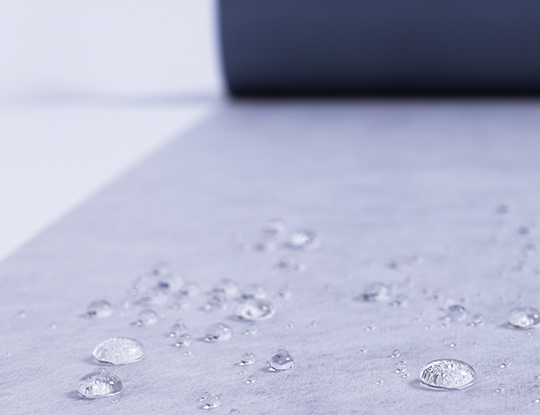
[10 STEPS] WATERPROOF YOUR BATHROOM WITH SEALING SOLUTIONS (SAM)
Whether it's renovation or new construction, waterproofing is necessary for any type of bathroom or wet area. Here you will find a short explanation about how-to waterproof your shower area and/or bathroom in 10 simple steps.
Prior to the installation, the installation guide and its special characteristics should be discussed with the tiler. To achieve the best possible result, please carefully read this guide. We recommend that the installation should preferably be done by trained professionals in compliance with building regulations.
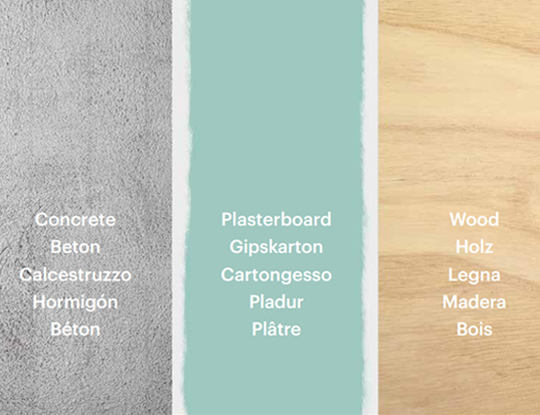
PREPARATION: MEASURE AREA AND CHOOSE SET
Sealing solutions (SAM) is available in various sets, depending on the size of the area you need to waterproof. Measure the size of the area and determine if you want to waterproof the shower area or the complete bathroom. It's recommended to use the L- and U-wall for waterproofing the shower floor and walls. Other waterproofing sets are primarily used for waterproofing the whole bathroom. These sets are compatible with the tileable shower elements in order to ensure a safe and effortless installation.
- L-Wall (7,5 m² tileable)
- U-Wall (9,75 m² tileable)
- Seal set 5 m² (17,5 m² tileable)
- Seal set 7,5 m² (19 m² tileable)
- Seal set 10 m² (23 m² tileable)
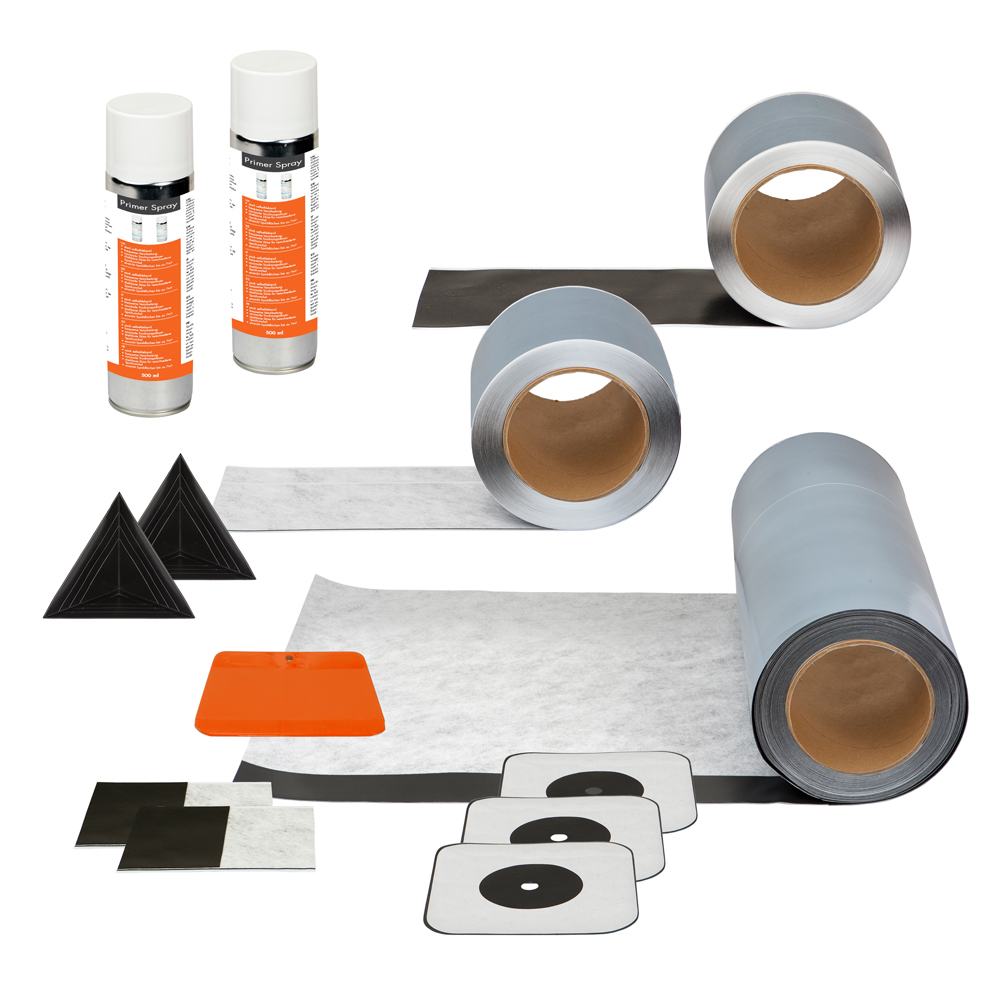
Step 1: Check surface adhesion
Before installing it is recommended to test the bonding strength of the membrane by applying a small test strip (included) on the surface. Remove the protective foil from the strip and apply it to the wall. Hold the strip at the fleece (grey) pull down from the wall.
Option 1: If the test strip shifts position when using downward pulling force, it is necessary to pre-treat the surface with primer for better adhesion before continuing the installation.
Option 2: If the test strip sticks you can use the sealing system without the primer.
Primer:Spray the primer carefully, with a spray distance of approximately 20 cm onto the substrate. Depending on the material, let it air for about 5 to 15 minutes. Protect the sprayed surface from moisture, dust etc.
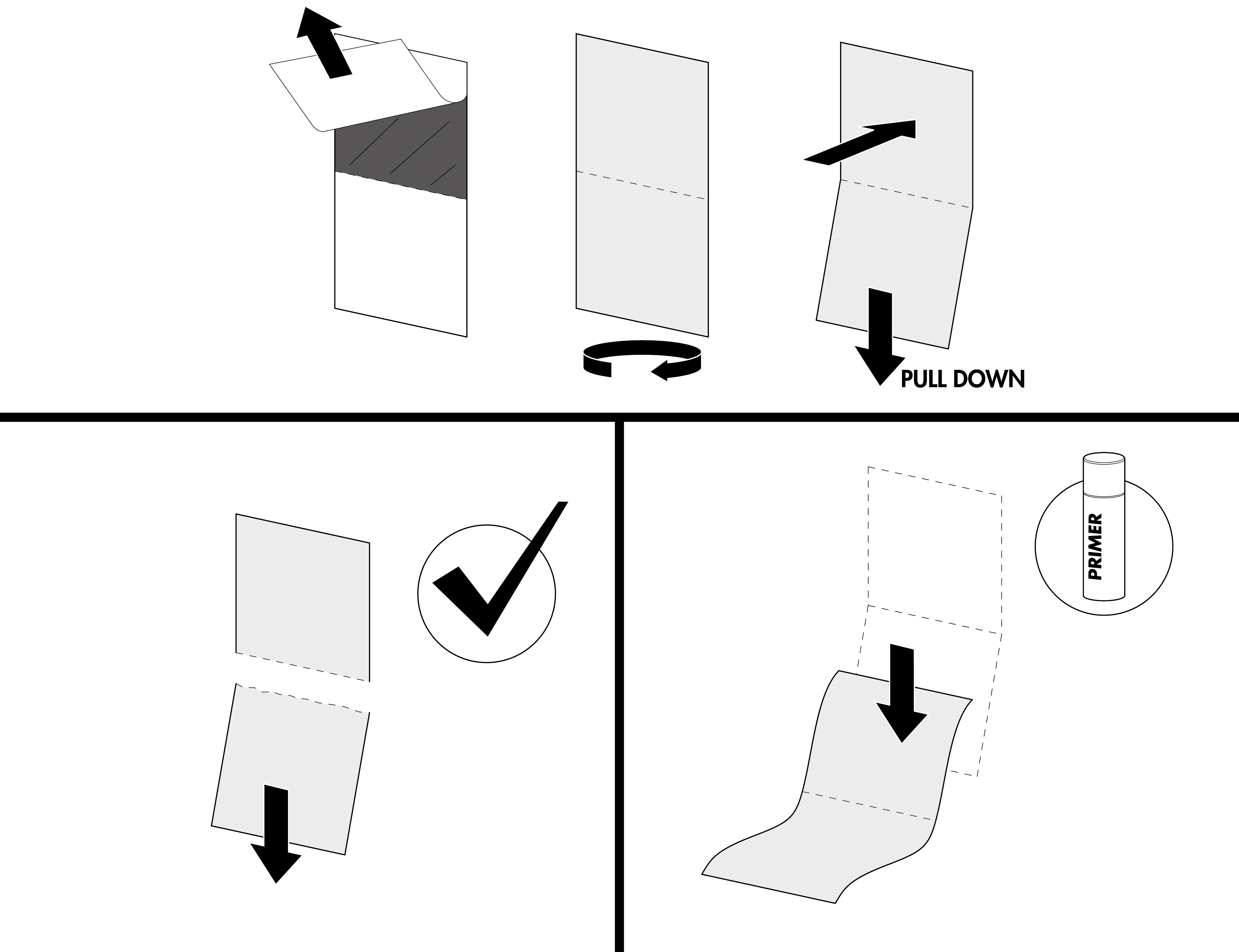
Step 2: Clean work area
Before starting the installation process, please check if the floors and walls are clean. To achieve optimal bonding, all surfaces should be clean and free of adhesion-reducing substances (e.g. dust, acid, grease). Make sure that the floor is absolutely grease-free and dry.
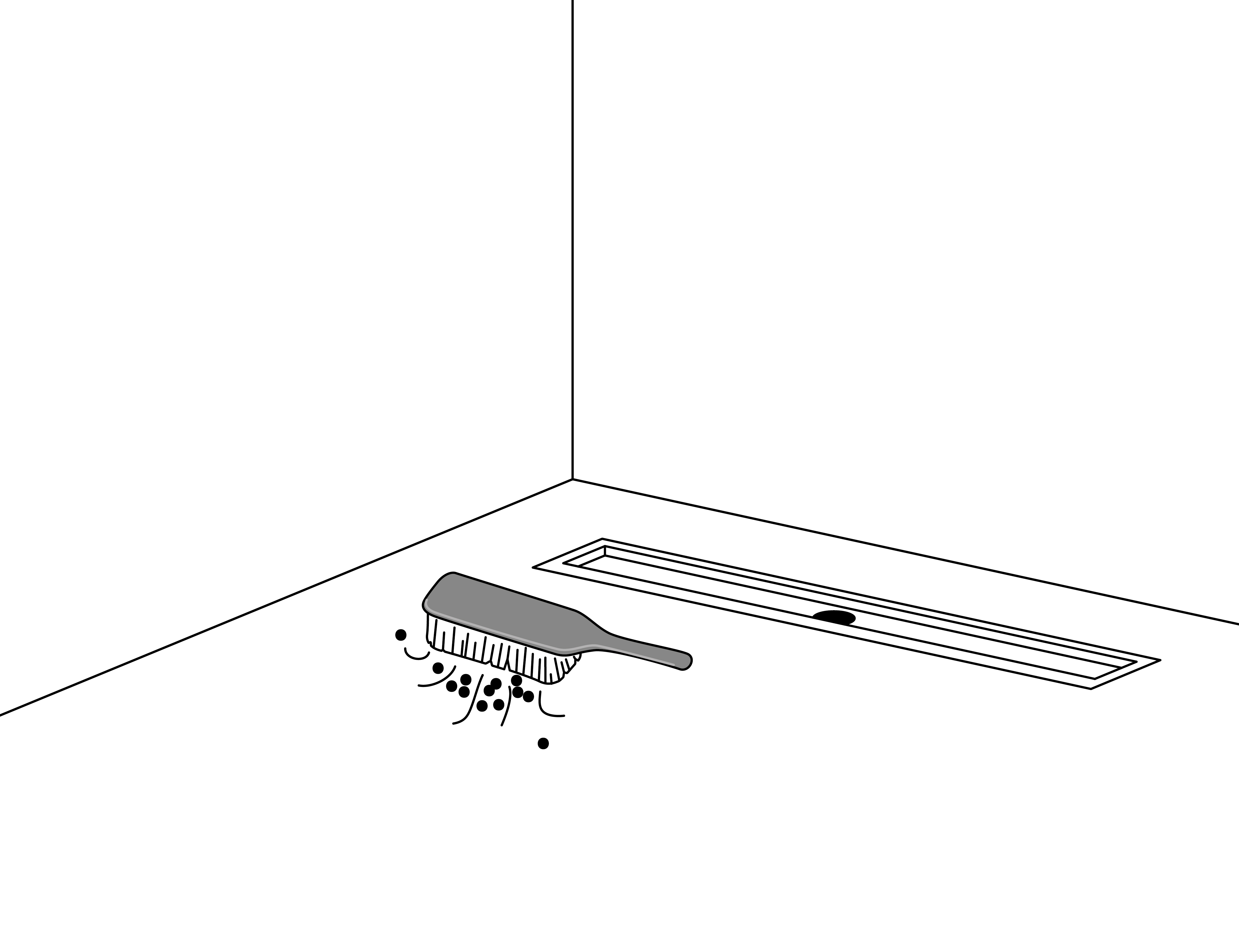
Step 3: Apply corner pieces
Start with applying the corner pieces. Make sure that you cover all the corners using the (included) inner and outer corner pieces. It's possible to shorten these corner pieces by cutting them to the required size. First, remove the foil from the bottom and apply the corner piece to the floor. Next, remove the foil from other parts and apply to the wall. Use pressure and remove eventual air pockets with the squeegee/spatula. Corner pieces are the solution of how to waterproof shower walls.
Tip: Use the smoothing tool (squeegee/spatula) to apply constant pressure to the sealing membrane while applying it to the walls/floor and to remove any air pockets under the membrane.
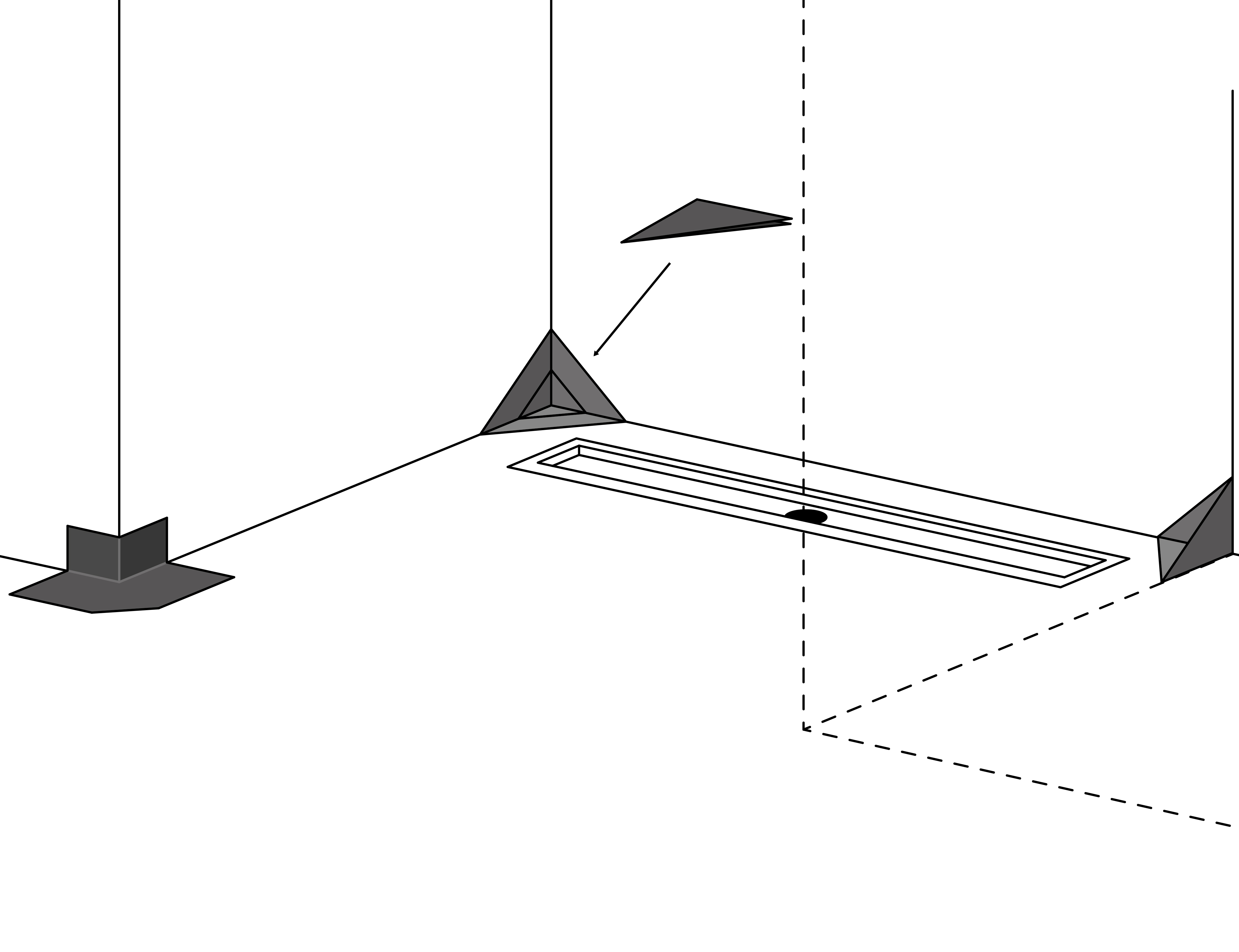
Step 4: Apply tape for corners and edges
Cover all corners by with the corner sealing tape. Remove the protective film, apply pressure and remove air pockets using the spatula/squeegee. It's critical that the corner sealing tape completely overlaps the corner pieces.
Tip: Always remove the protective foil when applying the sealing membrane, sleeves and sealing tape. Also be careful not to damage the membrane while removing the foil.
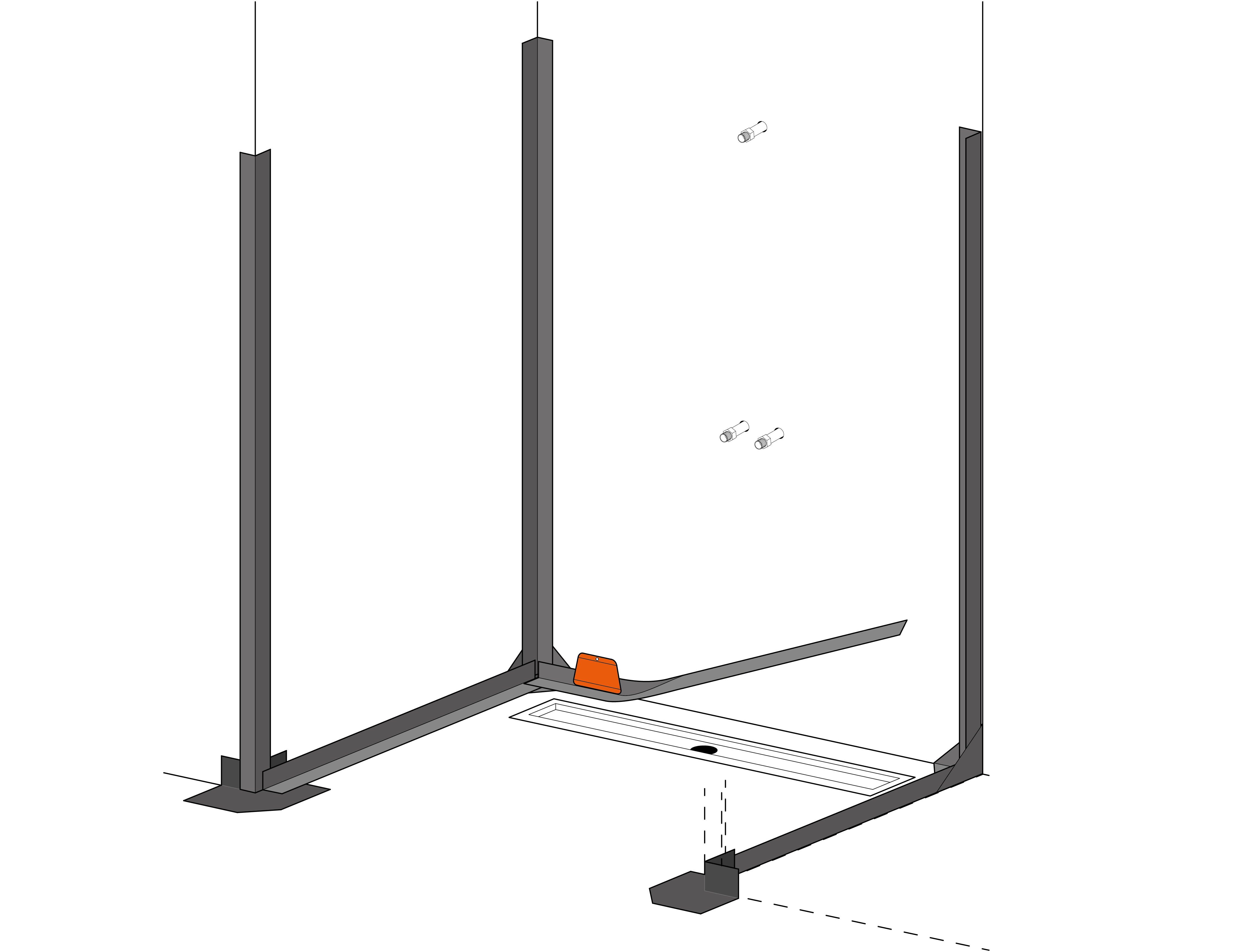
Step 5: Waterproof plumbing fittings
Use the included wall sleeves to seal all plumbing fittings and pipes coming out of the walls or floor. Make sure that transitions between the wall and any pipe are free of gypsum/plaster residue before applying sleeves. Sets include various sleeve sizes like DN50, DN100 and 1/2″. Use the spatula/squeegee to firmly press out all air bubbles and wrinkles.
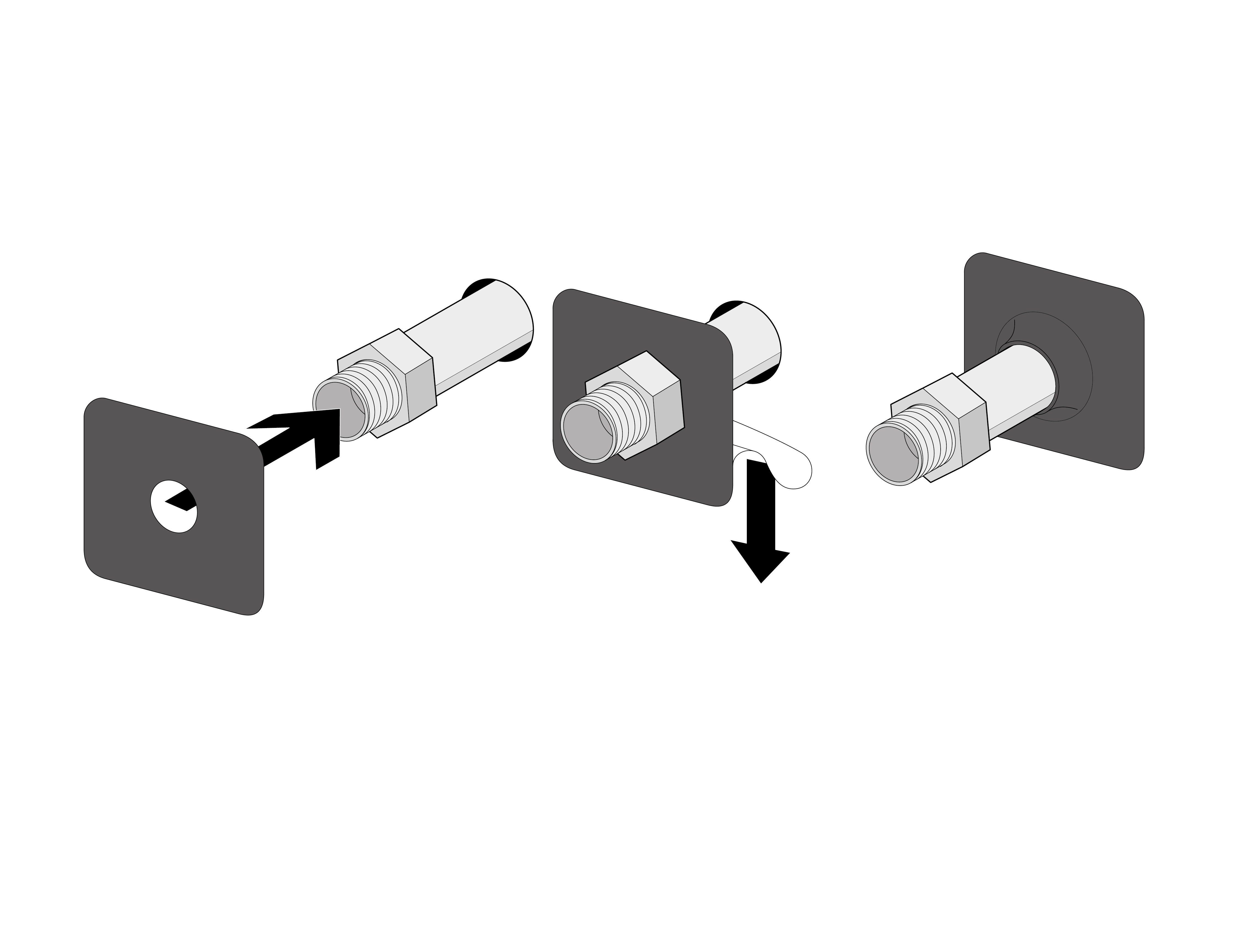
Step 6: Apply membrane on walls
To apply the waterproofing membrane, remove about 10 centimeters of protective foil on the backside and work down removing the foil. Always apply the membrane from top to bottom and make sure it overlaps with the corner sealing tape. A new strip of waterproofing membrane can be applied on top of the dark-colored (5 cm / 2" wide) nonfleece stroke of another membrane. Use the spatula/squeegee to make sure the membrane is applied correctly and to remove any air pockets. Again be careful not to damage the membrane while removing the foil.
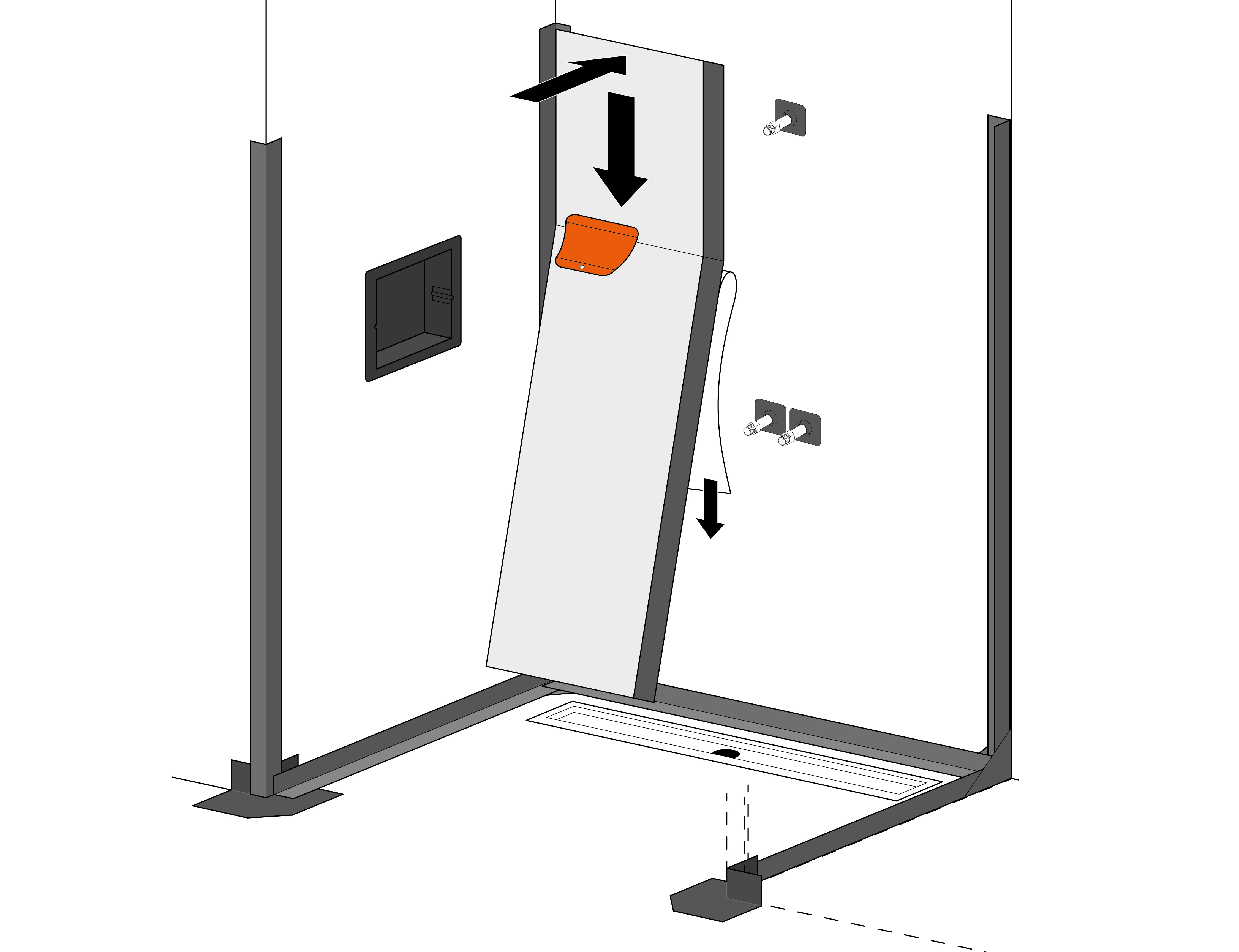
Step 7: Correction and finishing
Correction: To repair or continue a strip of waterproofing membrane place some corner tape beneath the strip and overlap the next membrane on top of the tape.
Finishing: Use the finishing tape to cover the last strip of non-fleece material.
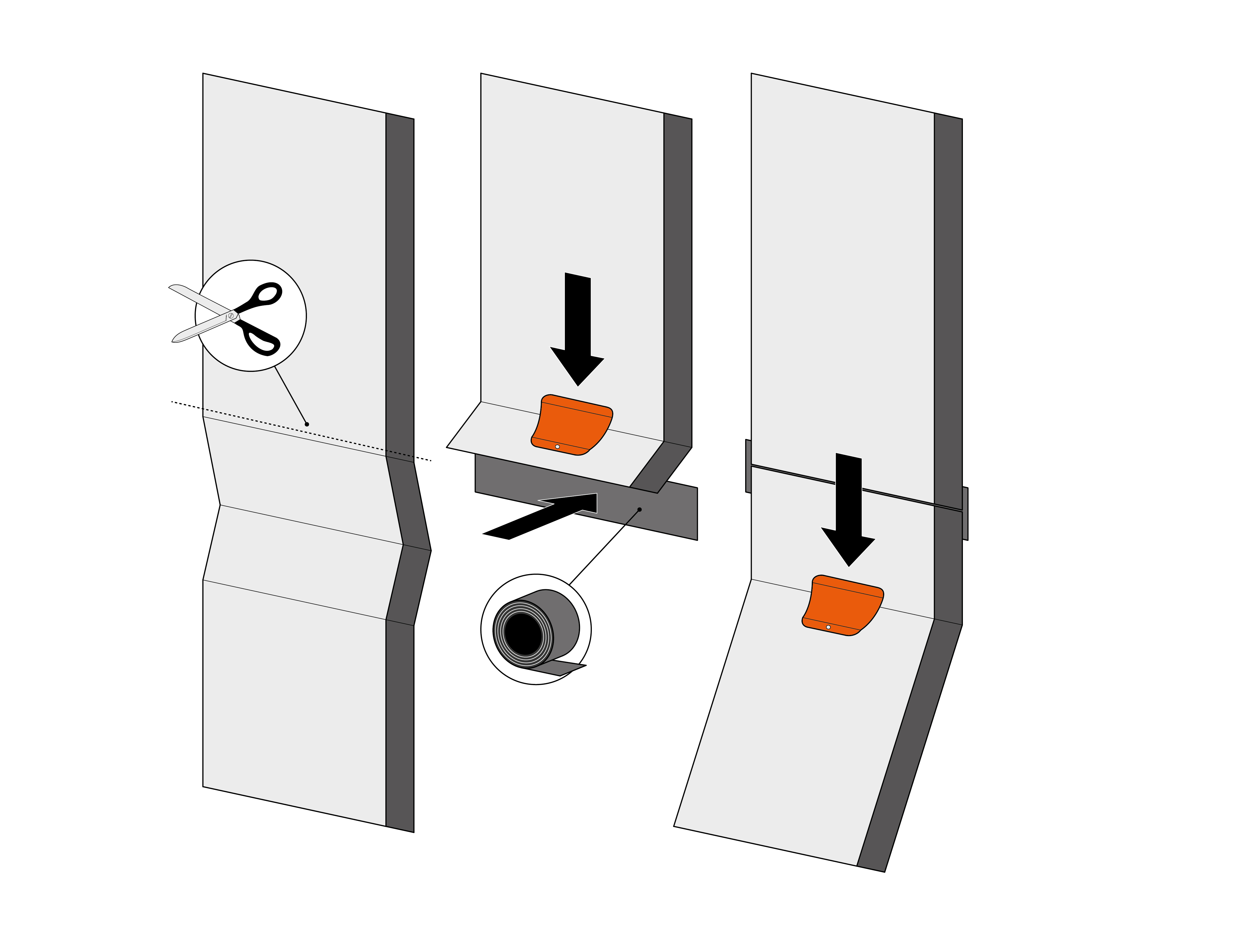
Step 8: Apply membrane of floor for bathroom sealing
Finish off by waterproofing the shower and/or bathroom floor. When sealing the shower floor Make sure that the waterproofing membrane completely covers the shower drain and ensure sufficient overlap between the sealing membranes.
Important: Watertightness is not guaranteed if the seam covers the shower drain. Please make also sure that there is enough space left around the linear shower drain (50 mm).
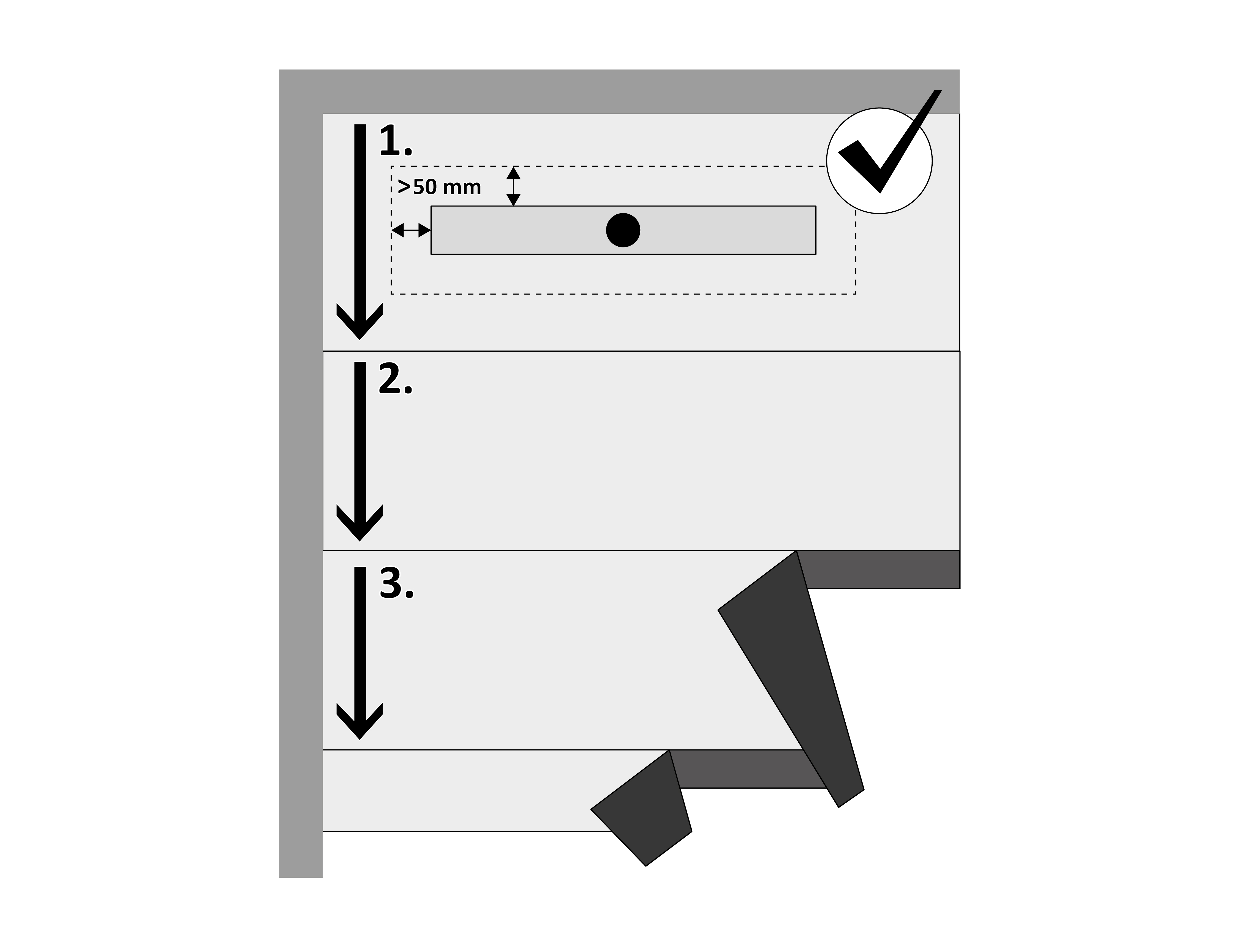
Step 9: Cut out shower drain
When bathroom sealing is completed, carefully cut out the sealing membrane covering the shower drain to open up the channel.
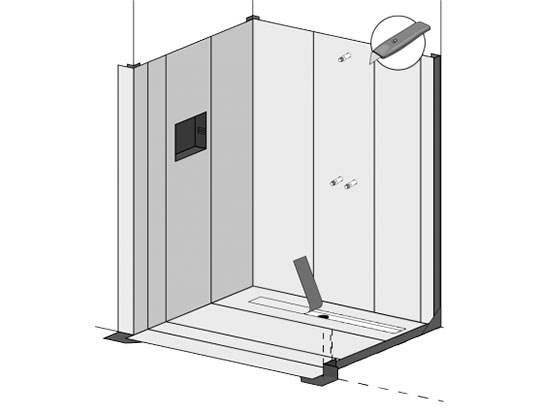
Step 10: Finished waterproofing. Start tiling!
The waterproofing membrane can be directly tiled by applying flexible tile adhesive. Read more on the finishing shower drain's installation in the corresponding installation advice or have a look at our shower drain installation guide.
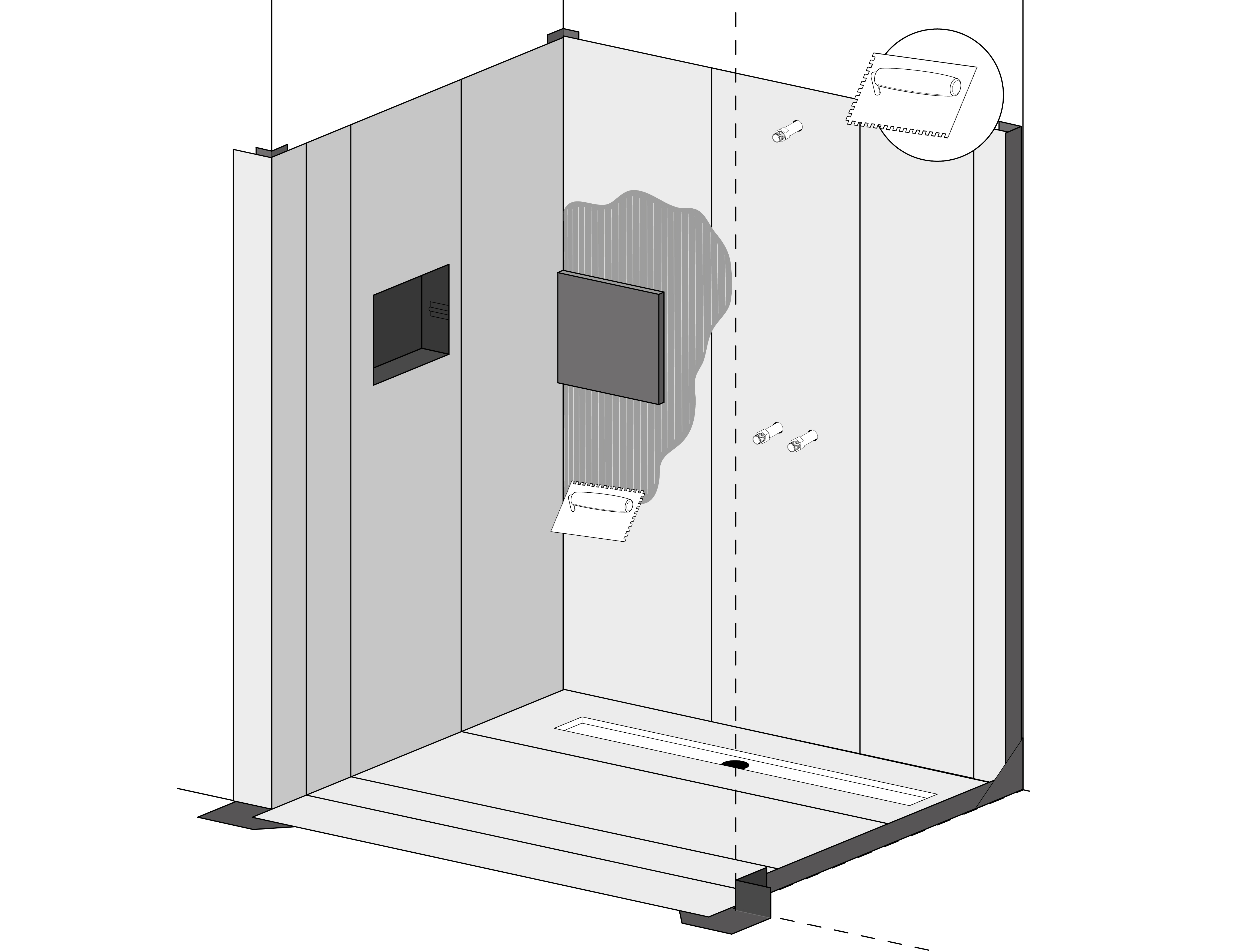
How To Waterproof Bathroom Walls
Source: https://www.easydrain.com/inspiration/waterproofing-your-shower-and-bathroom/


0 Komentar